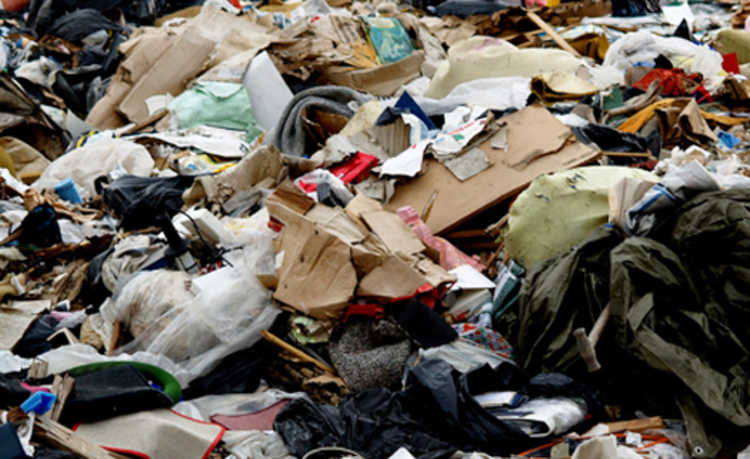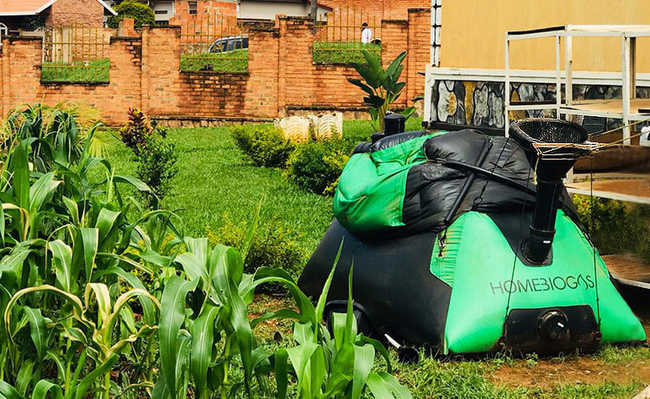What are the environmental impacts of each means of transport?
While cargo and people are transported, a lot of waste is generated

Image: Denys Nevozhai on Unsplash
The means of transport, like any human activity, generate environmental impacts. The Ministry of Environment defines transport waste as: those originating from ports, airports, road and rail terminals. However, many cannot see very clearly the potential for generating waste that these types of services can bring. Learn more about how the mode of transport you choose affects the planet.
Air Transport
The air transport service in Brazil is managed by the Brazilian Airport Infrastructure Company (Infraero). As for environmental issues, it has specific programs that develop the management of solid waste and environmental risks, which aim to properly manage the waste generated at the airport in accordance with the law.
According to a study carried out by the National Information System on Solid Waste Management (Sinir), the main residues that pose possible risks of contamination to the environment are caused by the inappropriate transport, handling and use of products that are considered dangerous and harmful to the environment and human health.
Among these activities, and with high risk potential, are the supply of aircraft, refrigeration workshops and storage of fuels and hazardous cargo. This type of material, in direct contact with a human being, can cause damage to health. In contact with the environment, it can cause serious contamination. There are several other types of waste generated at airports, such as the huge amount of organic matter and solid waste from food courts.Below, an image of waste generated inside airports:
 Also according to the Sinir study, some of the airports studied separate solid and recyclable waste, which are collected by collection cooperatives. The same happens with hazardous waste, being stored and disposed of correctly. Below, we can see an image of a garbage collection point in an airport lobby:
Also according to the Sinir study, some of the airports studied separate solid and recyclable waste, which are collected by collection cooperatives. The same happens with hazardous waste, being stored and disposed of correctly. Below, we can see an image of a garbage collection point in an airport lobby:
water transport
According to the study carried out by the Ministry of the Environment, in the waterway sector, there are several types of waste, such as cargo residues, paper and plastic residues, domestic residues generated in canteens, laundries, toilets and leftover goods; as well as hazardous waste such as lubricants, varnishes, solvents and used batteries.
These wastes generated at the ports must be stored in bays inside closed deposits, following the integrated waste management so that these materials can be handled, stored and sent to a suitable destination. One of the instruments used to make this waste control is the use of a waste characterization form, from which it is possible to allocate them to the specific container standardized by color.
Ground transportation
The land transport service can also generate a lot of waste. According to a study carried out by the Ministry of the Environment and the Institute for Applied Economic Research (Ipea), there are around 9 million cars and 400,000 trucks scrapped across the country.
Deteriorating material from vehicles can contaminate the soil and groundwater, and contribute to the spread of diseases; in addition to generating a large amount of tires, which are often not stored correctly, resulting in environmental and social problems (due to the fact that they cause the proliferation of diseases, such as dengue).
The emission of atmospheric pollutants by vehicles is one of the main residues generated, even more so because there is a large amount of very old vehicles, thus causing an even more expressive emission of polluting gases into the atmosphere.All this without counting the lack of education of many people who dispose of objects incorrectly while traveling. Some images below show incorrect storage of abandoned car tires and carcasses:


One of the ways to try to reduce these pollutant generation impacts is the environmental inspection, which is similar to the one carried out in São Paulo. Another way to reduce impacts is the creation of collection and treatment stations for vehicles, where they can be dismantled, so that reused parts and fluids, which are highly contaminating, are stored and disposed of correctly.
Combat
In general, better waste management is the solution to this type of problem, either by government agencies, which must offer options for the recovery of parts and correct disposal of vehicles (whether land, water or aeronautics) or by awareness of workers in the media in question and those who use the types of transport mentioned.










